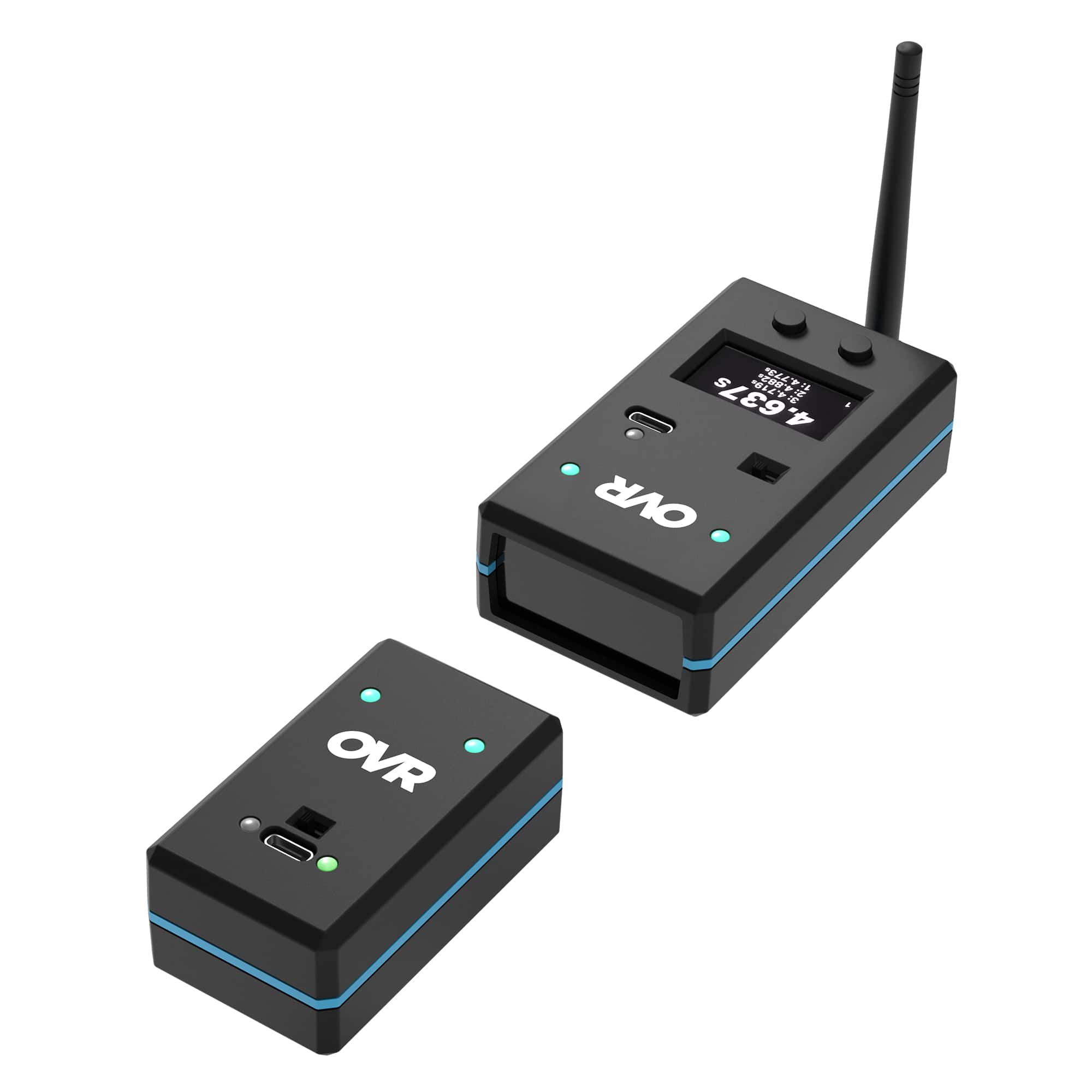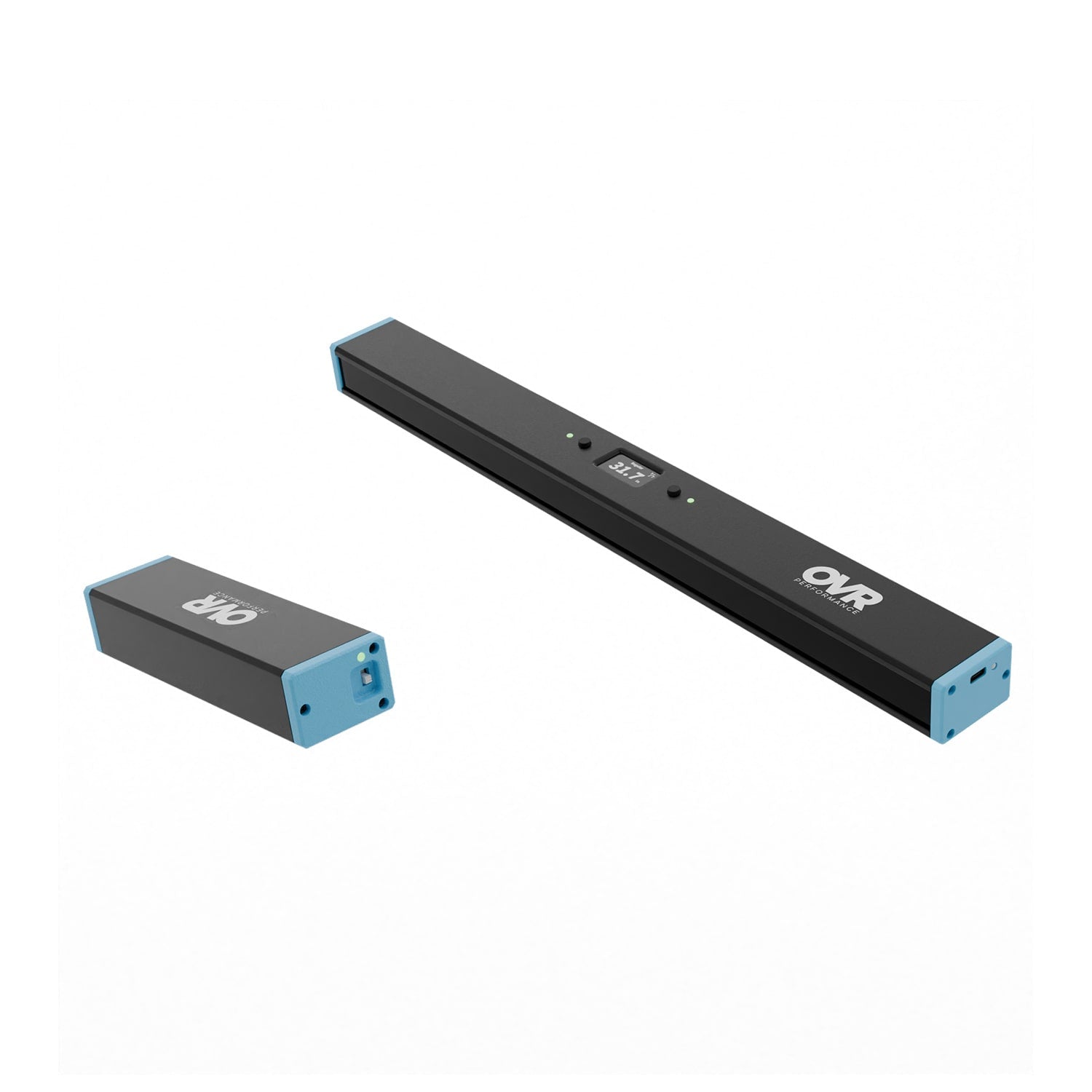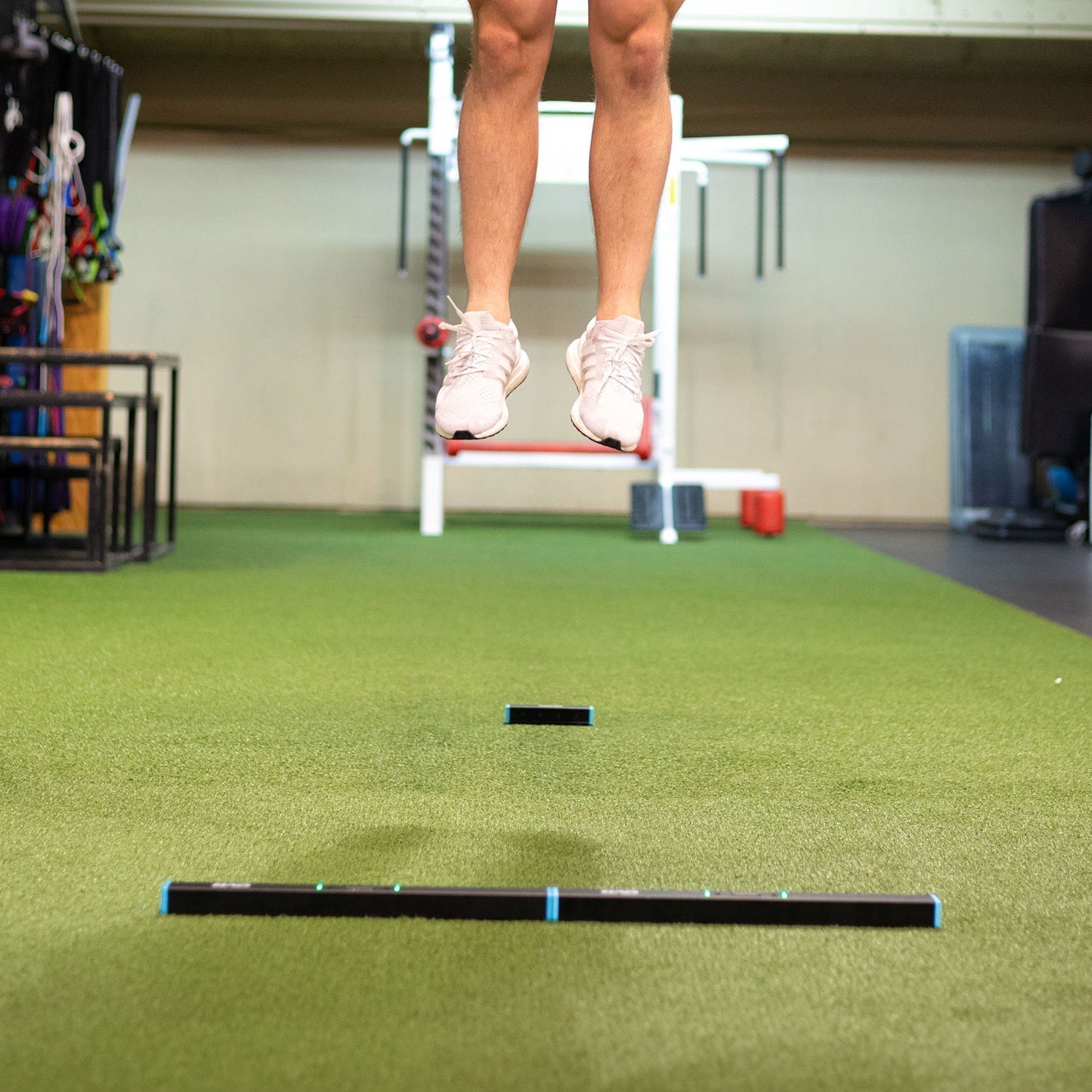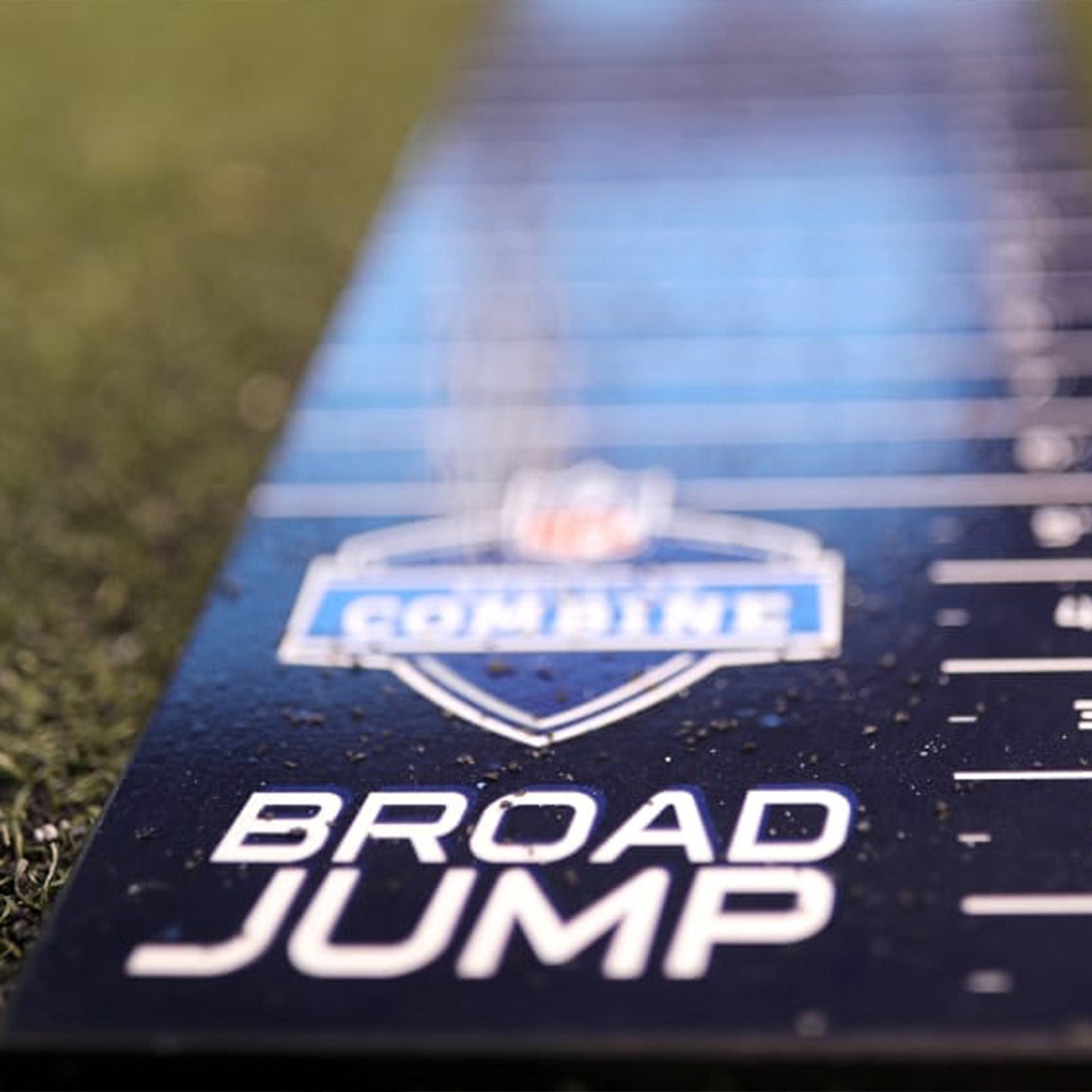When it comes to measuring athletic performance, a vertical jump is one of the most telling indicators of explosive power and lower body strength. For many athletes, hitting a 30-inch vertical jump feels like a significant milestone—so where does it rank? The answer depends on various factors like age, gender, and sport-specific demands. Using a vertical jump measurement device is important to accurately measure this feat.
A 30-inch vertical isn't just a number—it’s a benchmark that showcases dedication, training, and physical capability. Whether you're an athlete aiming to dominate on the court or field, or simply curious about how your jump stacks up, understanding what this height represents can offer valuable insight into your fitness level and potential. Let’s dive into the details to break it all down.
Understanding Vertical Jump Height
Vertical jump height is a critical benchmark in assessing athletic performance, particularly in sports where explosive power is essential. Whether evaluating current ability or tracking progress, understanding jump height provides valuable insight.
What Is Vertical Jump Height?
Vertical jump height refers to the maximum elevation an athlete achieves from a standing position during a vertical leap. This measurement typically involves calculating the peak height reached in the jump. Commonly assessed through the vertical jump test, this metric serves as an indicator of leg strength, explosive power, and overall sports performance.
Average Vertical Jump for Different Levels
Vertical jump averages vary by age, gender, and skill level. For athletic men, 20-25 inches is average, while 25-30 inches is considered excellent. Elite male athletes often exceed 35 inches. Women generally average between 15-20 inches, with 25-30 inches categorized as elite performance. For younger athletes, norms shift; 13-14-year-old boys average around 17 inches, with 18-19 inches rated above average.
Factors Affecting Vertical Jump Height
Several factors influence vertical jump height, including:
-
Leg strength: Stronger muscles allow for greater force production.
-
Jump mechanics: Proper form enhances efficiency, maximizing height.
-
Speed and agility: Quick reactions and a fast countermovement increase jump power.
-
Training methods: Programs like plyometrics and strength and conditioning improve explosive power.
-
Body composition: Lower body fat percentages often correlate with higher jumps.
Tracking and improving jump height through consistent testing and jump training supports enhanced athletic performance across sports.
Is 30 Inches a Good Vertical Jump Height?
A 30-inch vertical jump is an impressive jump height across most athletic contexts, signifying well-developed explosive power and lower body strength. Its evaluation as "good" depends on individual factors like gender, age, and sports requirements.
Comparing 30 Inches to Average Metrics
For men, a 30-inch vertical leap is categorized as excellent, exceeding the average range of 20-25 inches.
Among women, a 30-inch jump reaches elite status, surpassing their average of 15-20 inches. This jump height demonstrates athletic performance that stands out from the norm, reflecting advanced leg strength and jump mechanics.
For adolescent athletes, the distinction shifts. According to standardized data, boys aged 13-14 exhibit an average vertical jump of 17 inches. A 30-inch jump would rank far above the 90th percentile for this age group, emphasizing exceptional vertical leap capabilities.
How to Measure Your Vertical Jump
Accurately measuring vertical jump height provides essential data for tracking athletic performance and improving explosive power. Consistent methods ensure reliable results, helping athletes refine their training programs. Using a tool like OVR Jump will be important to track progress.
Tips for Consistent Measurement
-
Standardized Technique
Use the same method and environment for all tests to ensure consistency. Alterations in technique, such as adding arm swings or changing footwear, can affect jump height results.
-
Warm-Up Properly
Perform a dynamic warm-up, including plyometrics and drills to activate leg strength and prevent injury.
-
Track Progress Over Time
Regularly measure jump height to monitor improvements in jump training, strength, and conditioning, focusing on critical areas like speed and agility.
A disciplined approach to jump measurement supports athletes aiming to maximize their sports performance.
How to Improve Your Vertical Jump
Improving vertical jump height requires focused training on strength, explosiveness, and proper mechanics. Consistent practice and the right exercises can enhance athletic performance across various sports.
Key Exercises for Vertical Jump Enhancement
Incorporating specific exercises into our training maximizes explosive power and strength. Plyometrics, such as depth jumps and loaded dumbbell jumps, develop the ability to generate force quickly. Lower body exercises like squats and lunges strengthen the legs, essential for a higher vertical leap.
The Role of Strength and Explosiveness in Jumping
Strength and explosive power are crucial for increasing jump height. Building leg strength through resistance training creates the foundation for higher jumps. Exercises like snap downs and tuck jumps enhance our force production by training speed and power together. Focus on explosive movements, programmed with lighter resistance (30-40% of 1RM), to increase the rate of force development. Prioritizing these elements ensures better sports performance and measurable progress in vertical leap achievements.
Conclusion
A 30-inch vertical jump is undeniably a remarkable feat that signifies impressive athletic ability and dedication to training. It reflects a high level of explosive power, strength, and refined mechanics, making it an exceptional benchmark in most athletic contexts.
Whether you're striving to reach this milestone or aiming to surpass it, consistent effort, proper training, and accurate measurement are key. By focusing on strength, explosiveness, and technique, we can continue to push boundaries and unlock greater athletic potential.
Frequently Asked Questions
What is a vertical jump, and why is it important?
A vertical jump is the maximum height an athlete can reach by jumping straight up from a standing position. It’s a key measure of explosive power and lower body strength, highly relevant in sports like basketball, volleyball, and football, where jumps and quick movements determine performance.
Is a 30-inch vertical jump impressive?
Yes, a 30-inch vertical jump is impressive. For men, it’s considered excellent, and for women, it’s categorized as elite. It reflects strong lower body strength, good jump mechanics, and a high level of athletic training.
What is the average vertical jump height?
The average vertical jump height varies by age and gender. For men, it typically ranges from 20-25 inches, while women average 15-20 inches. Elite athletes often exceed these averages, with men achieving 35+ inches and women attaining 25-30 inches.
How can I improve my vertical jump?
To improve your vertical jump, focus on exercises like plyometrics (box jumps, depth jumps), squats, and lunges to build explosive power and leg strength. Core stability training, proper jump mechanics, and consistent practice are also essential for progress.
What factors affect vertical jump performance?
Factors influencing vertical jump performance include leg strength, jump mechanics, speed, agility, body composition, and regular training. Consistent conditioning and focus on explosive power play a critical role in improving performance.
What is considered an elite vertical jump for men and women?
For men, a vertical jump exceeding 35 inches is typically considered elite. For women, jumps of 25-30 inches are deemed elite, reflecting exceptional power and athletic ability.
How does age impact vertical jump ability?
Vertical jump ability tends to decline with age due to reduced muscle strength and explosiveness. However, consistent training and strength exercises can mitigate these effects and help maintain or improve jump performance.
Can a 30-inch vertical be achieved with training?
Yes, a 30-inch vertical can be achieved with proper training. A combination of strength exercises, plyometrics, agility drills, and improved jump mechanics can help athletes reach this benchmark over time.
Why is tracking vertical jump important for athletes?
Tracking vertical jump helps athletes monitor progress, assess explosive power, and identify areas for improvement. It’s a valuable metric for optimizing performance in sports requiring speed, strength, and jumping ability.







Leave a comment
This site is protected by hCaptcha and the hCaptcha Privacy Policy and Terms of Service apply.